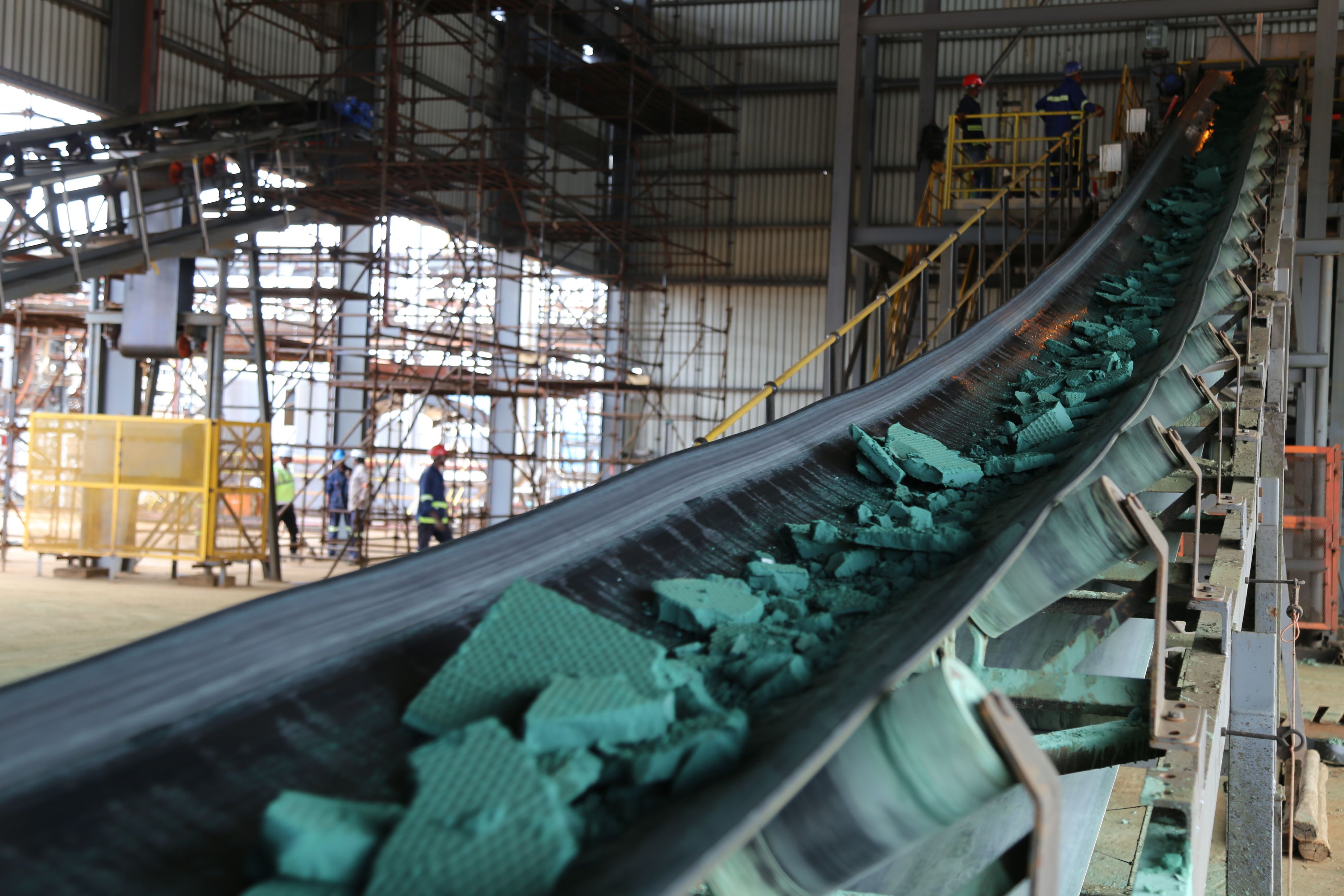

The company has even built its own super-sized lithium-ion battery plant, named Gigafactory 1, to help it achieve this goal.įor investors in companies linked to cobalt mining, the most prolific of which is Glencore, this predicted surge in demand – coupled with the naturally short supply of the rare metal – means that the price of cobalt is likely to continue to rise for the foreseeable future. Tesla plans to produce 500,000 electric vehicles a year by 2018, and will reportedly require 7,800 tons of cobalt to do so. This figure may seem high, but it is not unrealistic. In fact, some studies are predicting a 30-fold increase in demand by 2030. Favoured by tech giants, including Apple and Samsung, the innovative power packs allow consumers to reap the benefits of truly mobile technology.Īs innovation pushes for ever-more-slimline devices and governments look to phase out petrol and diesel cars in favour of their electric counterparts, cobalt is becoming a highly sought-after metal. They are smaller, lighter and hold more energy.

It powers most electronic gadgets, including smartphones and laptops, and electric vehicles.Ĭobalt-rich batteries are seen as a greener alternative to traditional lead-acid batteries. The end product may be in your pocket, on your desk, in your garage, or even in your investment portfolio. They are searching for cobalt, the rare-earth metal powering the mobile revolution.Ĭobalt is an essential component of rechargeable lithium-ion batteries. They have no industrial tools, no protective clothing, no hard hats, not even facemasks to shield toxic dust or shoes. Thousands of artisanal miners dig by hand in the Democratic Republic of Congo (DRC).


 0 kommentar(er)
0 kommentar(er)
